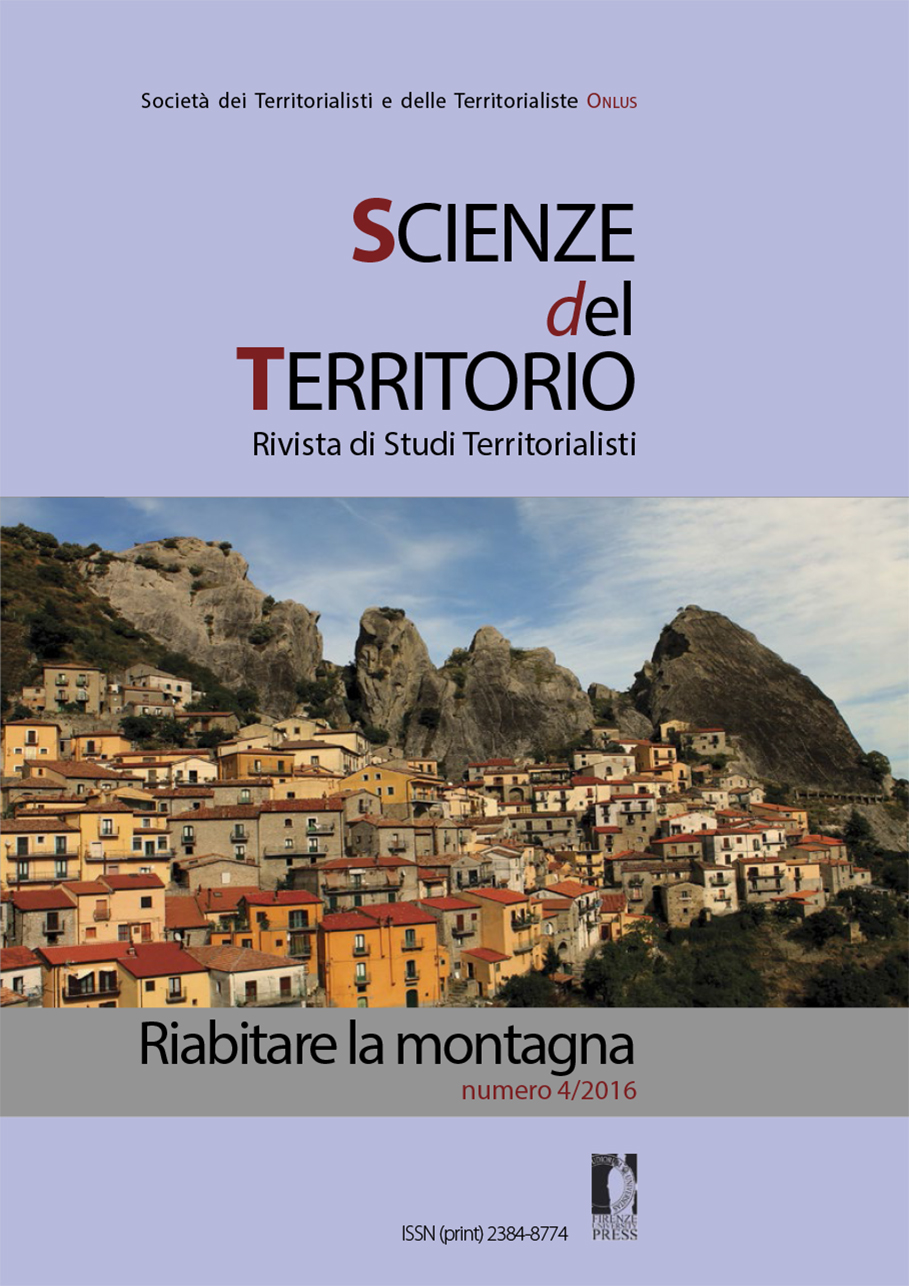I valori del patrimonio territoriale: un’analisi sui discendenti di immigrati germanici in un’area montana di Espírito Santo, Brasile
Published 2016-11-28
Keywords
- representation of values,
- territorial heritage,
- geo-information technology,
- children’s participation
How to Cite
Abstract
The aim of this article is to identify and interpret values in the territories, through a methodology and technique for property representation, able to foster reflections on the anthropic space in the mountainous region of Espírito Santo, Brazil, with the engagement and the participation of children considered as local stakeholders. According to the Italian territorialist approach, whose action-research practices lead to the overcoming of traditional planning models, analysis through representation is one of the stages of planning, design and management pointed at a self-sustaining local development, passing through theoretical review, instrumental suggestion, participatory inclusion. The aim is to discuss the heritage values in Santa Leopoldina, Espírito Santo, Brazil, through the development of mapping supported by geo-information technology. The mapping is prepared by means of hybrid methods from the territorialist approach: 1) technical, based on the territorial analysis supported by geo-referenced data; 2) related to cognitive perception, based on interactions with children through interviews and drawings. In the state of the art, the results threads cover methodologies and techniques for the representation of regional values and directions on how to perform mapping of perceptual and cognitive aspects of children with geo-information technology; and theoretical reflections on the conceptual enlargement of heritage.


